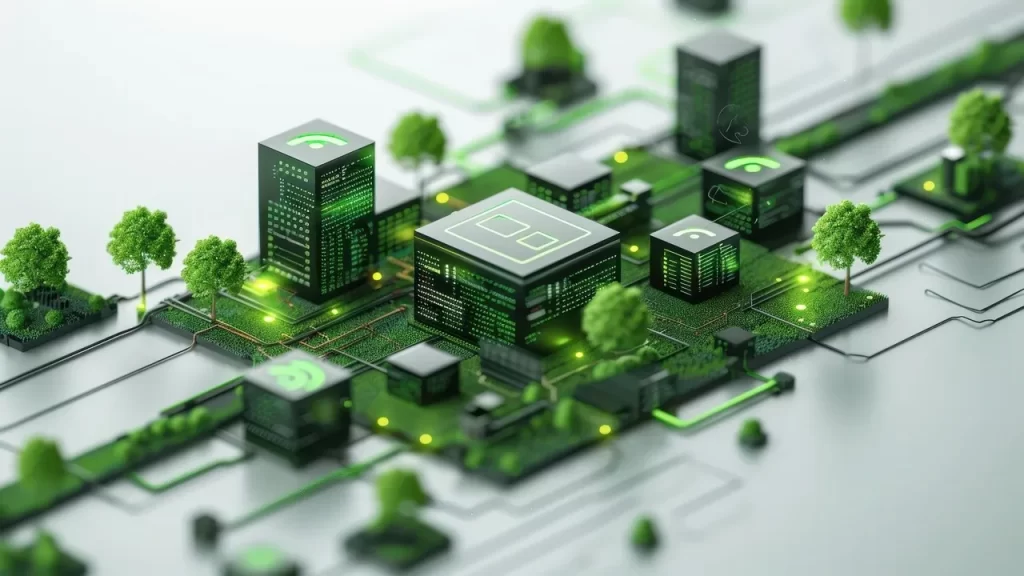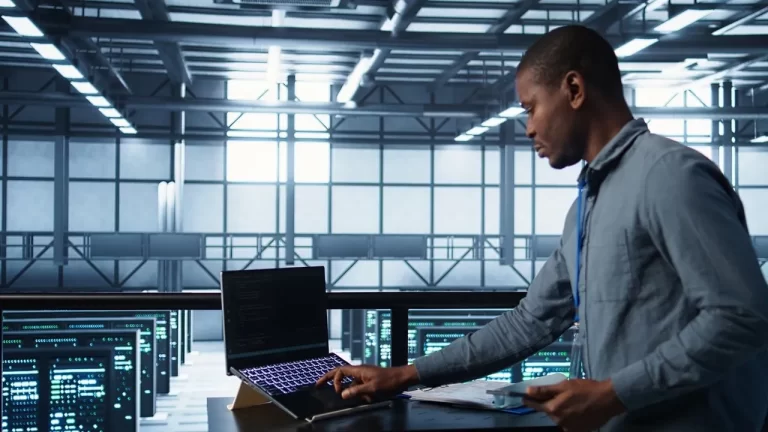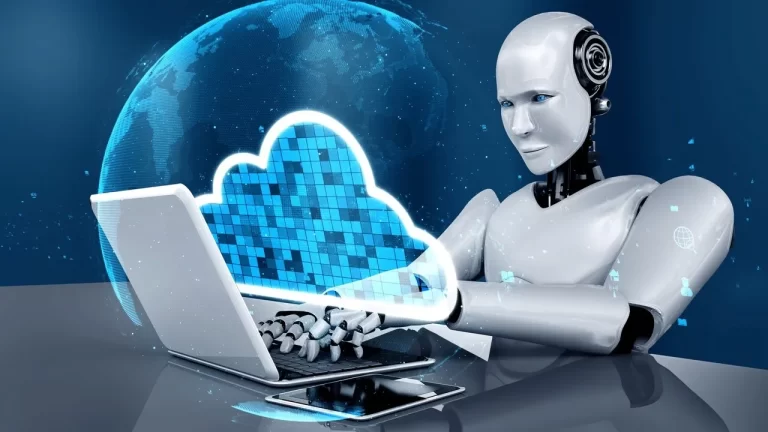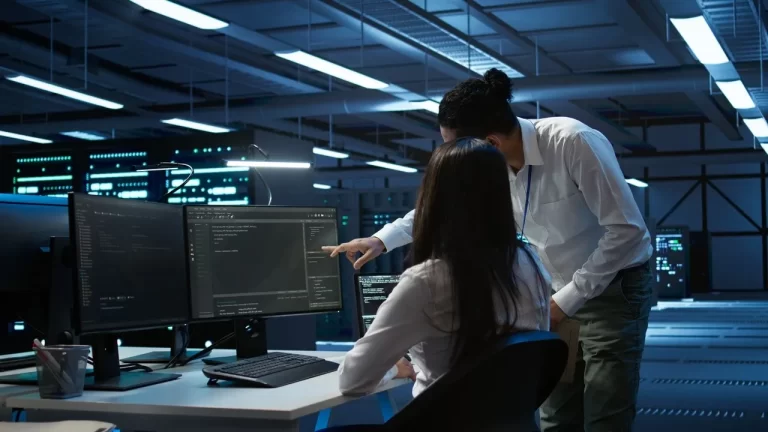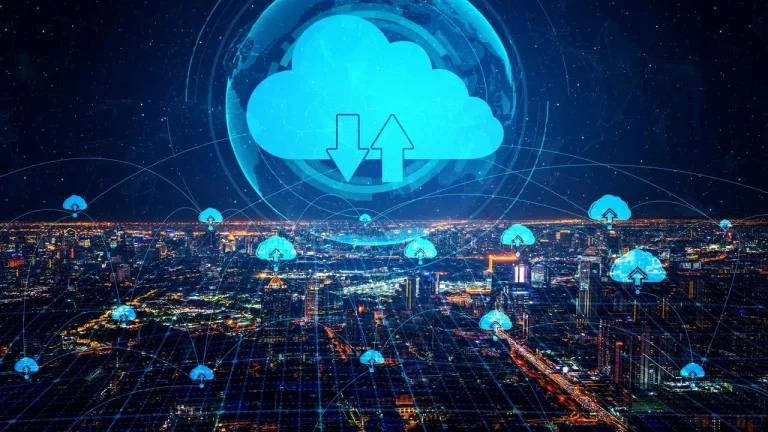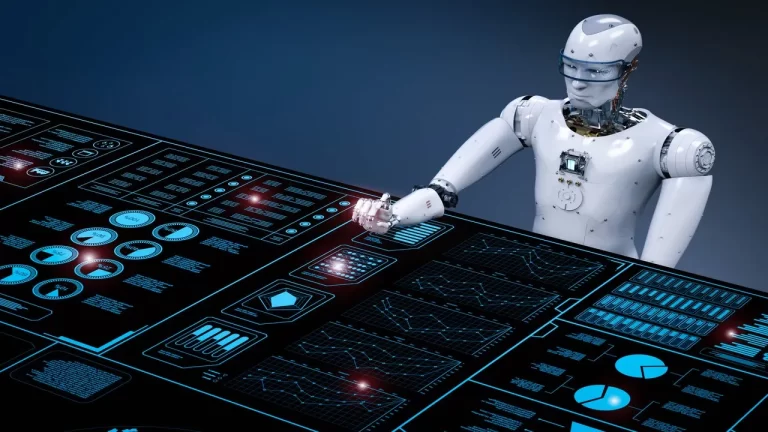Data centers provide physical facilities as well as infrastructure for the working of the internet and storing e-commerce as well as cloud data. They handle large volumes of data to provide connectivity on the spot and to connect to information on the spot. The dispersion of ICT leads to the growth in data center energy demand and results in the development of environmental issues. The industry has to meet an immediate requirement to address the energy resource demand resulting from rising data storage and processing needs.
According to this, green data centers provide the needed solution to this achievement. The designs begun are functional and nature-friendly, hence using designs that will enhance its functionalism. Renewable energy systems and power distribution coupled with state-of-the-art cooling techniques and environmentally friendly building structures attain green data centers’ environmental goals. Organizations should optimize the digital environment by implementing sustainable data center strategies since these enhance business operations’ efficiency and sustainability.
What is a green data center?
A green data center is simply achieved by attaining high facility efficiency in using power and being tolerant of environmental impact. Sustainable, non-diesel, hybrid centers use environmentally friendly energy sources in conjunction with efficient power distribution and a modern temperature management system as opposed to a conventional fossil fuel-driven facility. These innovations reduce both the carbon emissions resulting from energy utilization and the overall power usage effectively in data centers while preserving the respective performances as well as stability.
A green data center replicates its main functions to provide value as a data processing site and data storage site without significant negative impacts on the environment. For effective sustainable digital environments, there should be structures that include solar power systems, wind power systems, hydroelectric power, and energy consumption structures. With an increasing demand for data processing, green data centers have been introduced to support information technology growth that is environmentally friendly and still provides efficiency without compromising quality and reliability.

Key Features of Green Data Centers
Renewable Energy Sources
Indeed, the fundamental element in a green data center is primarily the supply of energy it uses regularly. More specifically, conventional data centers rely on the electricity provided by equipment like coal or natural gas, and the utilization of such equipment leads to the release of greenhouse gases. In the context of green data centers, the concept of sustainability is attainable through the utilization of solar power, wind power, as well as hydroelectric power. The two main players investing in renewable electricity systems are Google and Apple, investing huge amounts of capital to power their data centers.
This is because organizations also use on-site solar panels and wind turbines in the event of power failures to ensure a constant power supply regarding the sustainable power needs of the organization. Renewable energy systems eliminate the use of fossil energy resources and yet have financial impacts that follow through until the systems are functional. This change in data centers is made through the use of renewable energy systems within green data centers.
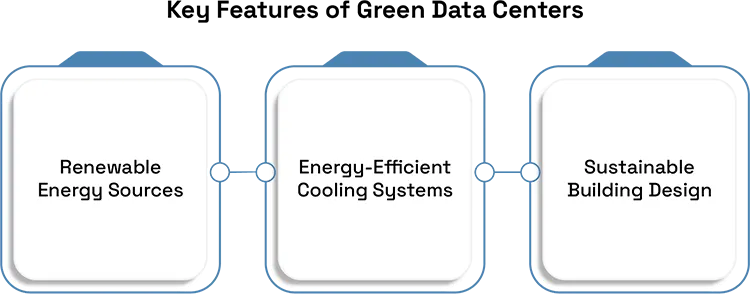
Energy-Efficient Cooling Systems
This is a necessity for data centers since their operation leads to the generation of excessive heat that is potentially damaging to computers. Energy-efficient methods of cooling are used instead of conventional cooling methods because the latter consume a lot of power. Co-location facilities that have acres of computing space are using free cooling methods where external air is used for cooling, consequently lowering the dependence on mechanical means.
The liquid cooling technique is more effective than the air cooling system because water is a better conductor of heat, which in turn conserves energy. Hot and cold aisle containment systems are now inevitable because they help in enhancing the cooling system, and at the same time, they are energy conservation based. Geothermal cooling is an enhanced heating system that relies on the underground soil temperature to fulfill the heating requirements of the facilities.
Optimized Power Usage Effectiveness (PUE)
This paper argues that Power Usage Effectiveness (PUE) has picked up a lot of significance in determining the efficiency usable in data centers. A high score of PUE means high efficiency, and the best result is 1.0, which implies that the power consumed is used entirely for processing. The concept of the green data center is to decrease the PUE ratio with the help of efficient technologies and constant working evolution.
Commercial facilities that provide their energy measurements continuously attain optimal or maximum performance together with minimal wastage of power. Real-time technologies and artificial intelligence automation and energy-using platforms enable the data centers to reduce energy consumption, thereby cutting down on cost and effects on the environment.
Sustainable Building Design
Thus, sustainable aspects of a data center can be attributed to the design features and construction techniques used when constructing the center. Eco-friendly data centers shield the environment through the use of friendly building materials in addition to friendly lighting systems that enhance the roof in terms of insulation while not contributing to urban overheating. These facilities reach high results of energy decrease in regions where an ideally cool climate is already provided.
The design of the proposed small data center can be considered innovative when using the modular facility and energy-saving concepts incorporated in the building. They are manufactured in factories before being taken to such sites that require them to be installed quickly with minimal impacts on those ecosystems, besides offering optimal energy utilization. Sustainable practices are introduced in many aspects of the data center and construction, reducing the environmental impact and increasing the opposition to alterations

